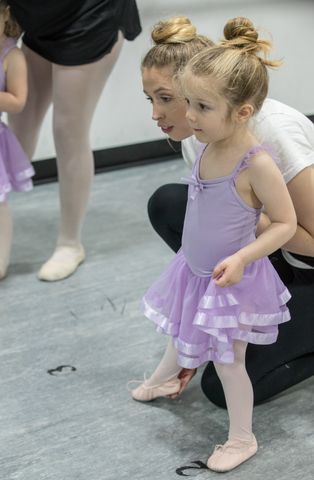
Ballet is a highly technical form of dance that has been around for centuries. It originated in Italy during the Renaissance period, and over time it has evolved into a highly refined art form with its own unique vocabulary and technique. In this blog, we will explore the various aspects of ballet, including its history, techniques, and style.
History of Ballet
Ballet has a rich history that dates back to the 15th century. It originated in Italy during the Renaissance period, where it was performed as a court entertainment. Over time, ballet spread throughout Europe, with new styles and techniques emerging in different regions.
In the 19th century, ballet underwent a major transformation with the development of the Romantic style. This style was characterized by its emphasis on emotion and storytelling, with dancers wearing flowing costumes and performing graceful, fluid movements.
In the 20th century, ballet continued to evolve with the emergence of modern ballet, which incorporated elements of contemporary dance and rejected some of the more rigid conventions of traditional ballet.
Techniques of Ballet
Ballet is a highly technical form of dance that requires a great deal of training and practice. It incorporates a range of techniques, including pointe work, turnout, and pirouettes.
Pointe work involves dancing on the tips of the toes, while turnout refers to the outward rotation of the legs from the hip socket. Pirouettes involve spinning on one foot, often accompanied by intricate arm and leg movements.
Ballet also emphasizes balance, control, and flexibility, with dancers often performing complex sequences of movements that require a high degree of precision and coordination.
Style of Ballet
Ballet is known for its graceful, fluid movements, with dancers often appearing to float effortlessly across the stage. Its style is characterized by its emphasis on technique and precision, with dancers striving for perfect alignment and control.
Ballet often tells a story through its movements, with dancers using gestures and facial expressions to convey emotion. It is often performed to classical music, with the choreography carefully synchronized to the music.
Ballet is also known for its demanding physical requirements. It requires a great deal of strength, stamina, and flexibility, with dancers often training for many hours each day to achieve the level of skill required.
Ballet is a highly technical and demanding form of dance with a rich history and unique vocabulary and technique. Its graceful, fluid movements and emphasis on technique and precision make it a popular form of entertainment and a challenging and rewarding form of exercise. Whether you are a seasoned dancer or just starting out, ballet is an art form that is sure to inspire and captivate.
About the Business
Have a question? Ask the experts!
Send your question

